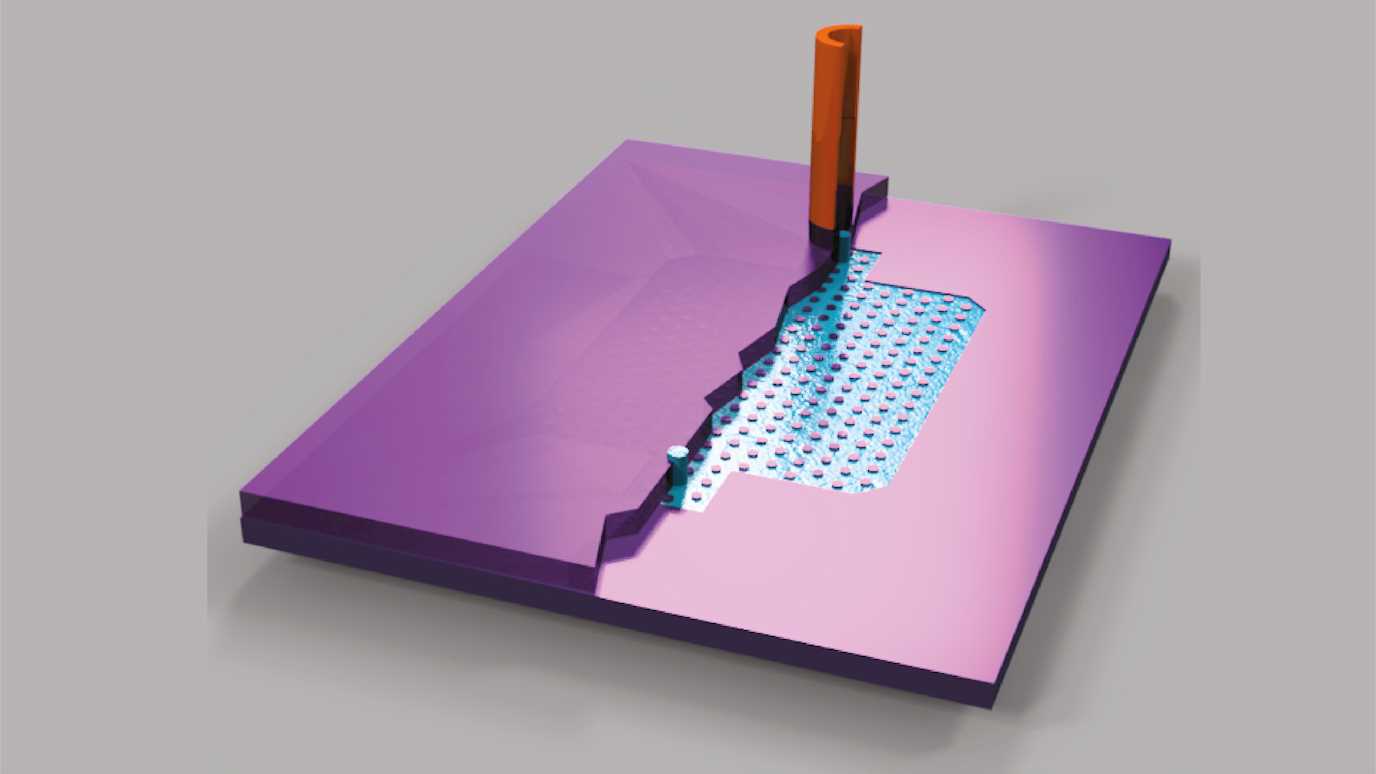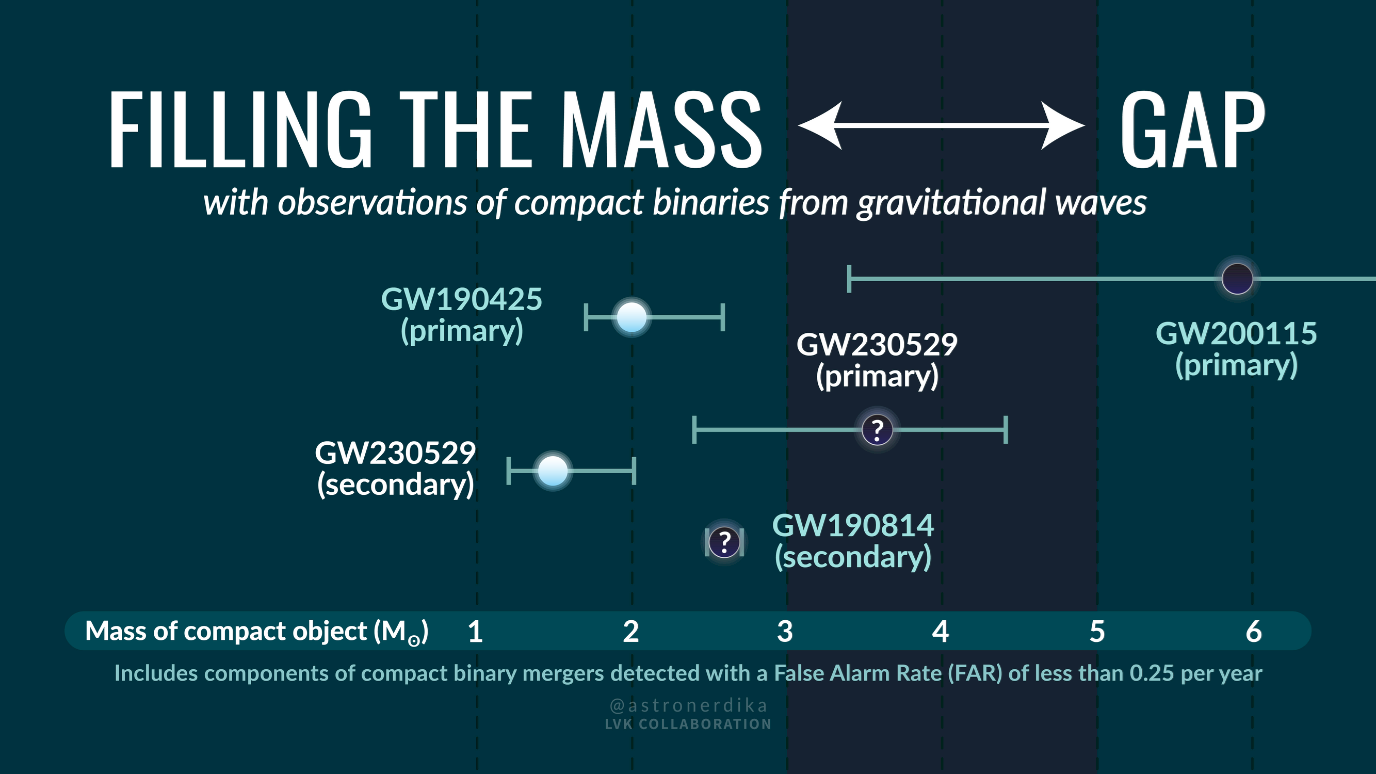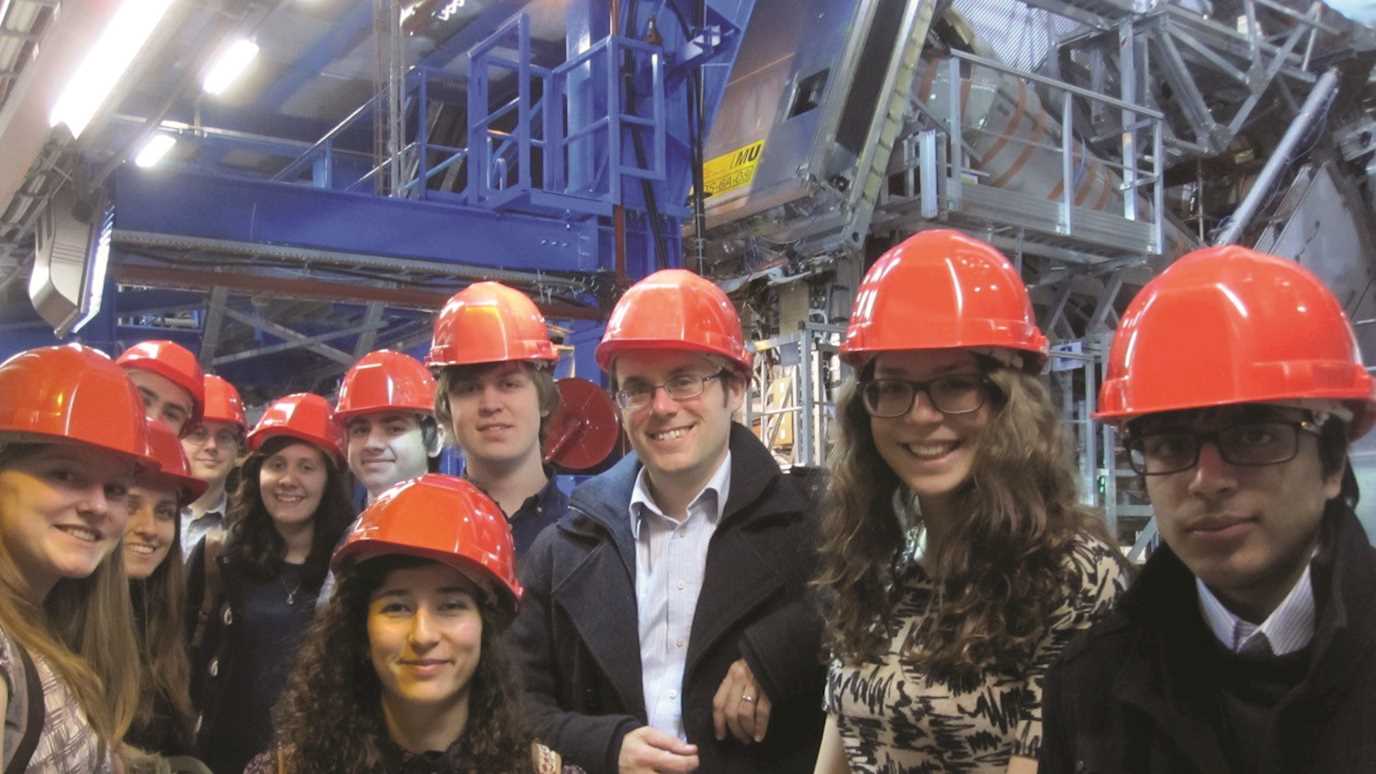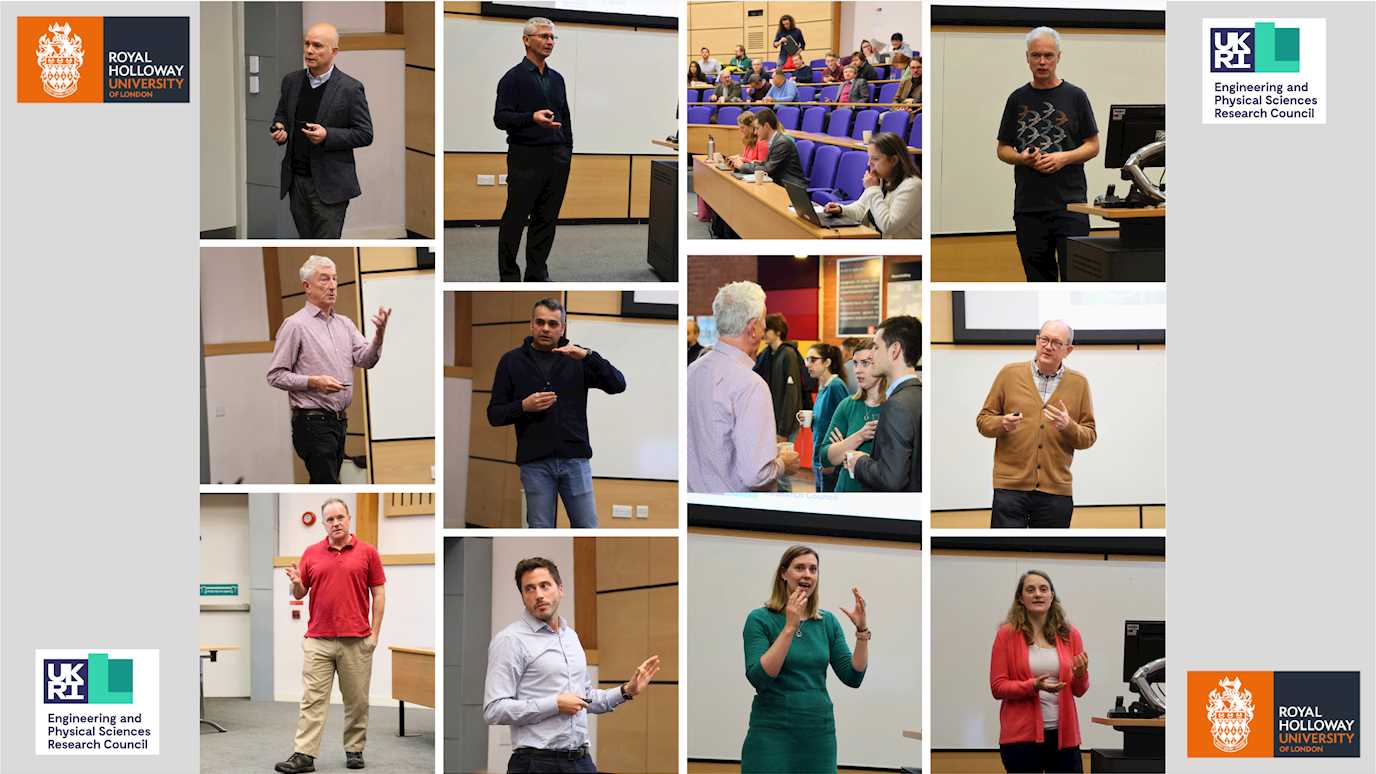Research on mesoscopic superfluid helium-3 demonstrates the fragility of surface-bound states, an important step in the quest to identify and harness Majorana fermions.

One of the key objectives of the second quantum revolution is to build a quantum computer that is fault tolerant. So far the qubits are not up to the job; the lifetime of a quantum state used to encode information is just too short. Solving this problem is a long-term materials challenge and internationally a major strategic research priority.
A radically different and more speculative approach, one supported by Microsoft, is so called topological quantum computing. This involves creating a system which hosts Majorana fermions - particles which are their own antiparticles - and manipulating them for quantum computation.
The superfluid state of liquid helium-3 exists within few thousandths of a degree from absolute zero. It provides a benchmark for the class of materials (topological superconductors) from which such a computer would be built. While helium-3 forms a topological superfluid, topological superconductivity has yet to be conclusively demonstrated in any material or system. There is theoretical understanding that Majorana fermions exist in superfluid helium-3, as topologically protected zero-energy bound states at the surfaces or interfaces.
The London Low Temperature Laboratory at Royal Holloway, University of London has pioneered a range of new techniques which allow the study of superfluid helium-3 films, cooled to ultralow temperatures. Central to our approach is the confinement of the liquid in precisely engineered slab-like cavities in silicon, using sophisticated nanofabrication methods. To probe the surface effects effectively, these films need to be as thin as the size of the helium-3 atomic pairs that lie at the heart of superfluidity.
Helium-3 is a system of pristine purity and allows exquisite control over the surfaces. This is done by isotopic tuning, in which helium-4 can be used to replace helium-3 in the helium surface boundary layer, which is a few atomic layers thick. In the article published in Nature Communications, the authors show that fine tuning the surface scattering conditions allows selecting the level of suppression of superfluidity under confinement. Particularly, switching on the magnetic scattering channel leads to an unexpectedly large level of suppression, indicating an increase of the density of unprotected zero-energy Andreev bound states. These discoveries pave a way towards accurate control and identification of surface-bound states in helium-3 systems and the building of hybrid mesoscopic devices using helium-3 superfluids.
Dr Petri Heikkinen, the corresponding author of the article, concludes: “Our recent work demonstrates the fragility of surface-bound states to exactly how helium-3 scatters from the surfaces. We believe that our result is a crucial step in the quest to identify and harness Majoranas in liquid helium-3.”
The experiments were carried out by the Quantum Fluids and Solids group at Royal Holloway, University of London, using nanofluidic cavities fabricated at the Cornell University (Parpia's group). Theoretical calculations and modelling were performed by researchers at the Montana State University and at the Indian Institute of Science. Research was supported at Royal Holloway by EPSRC. The London Low Temperature Laboratory at Royal Holloway, University of London is part of the European Microkelvin Platform, a European Infrastructure.
























